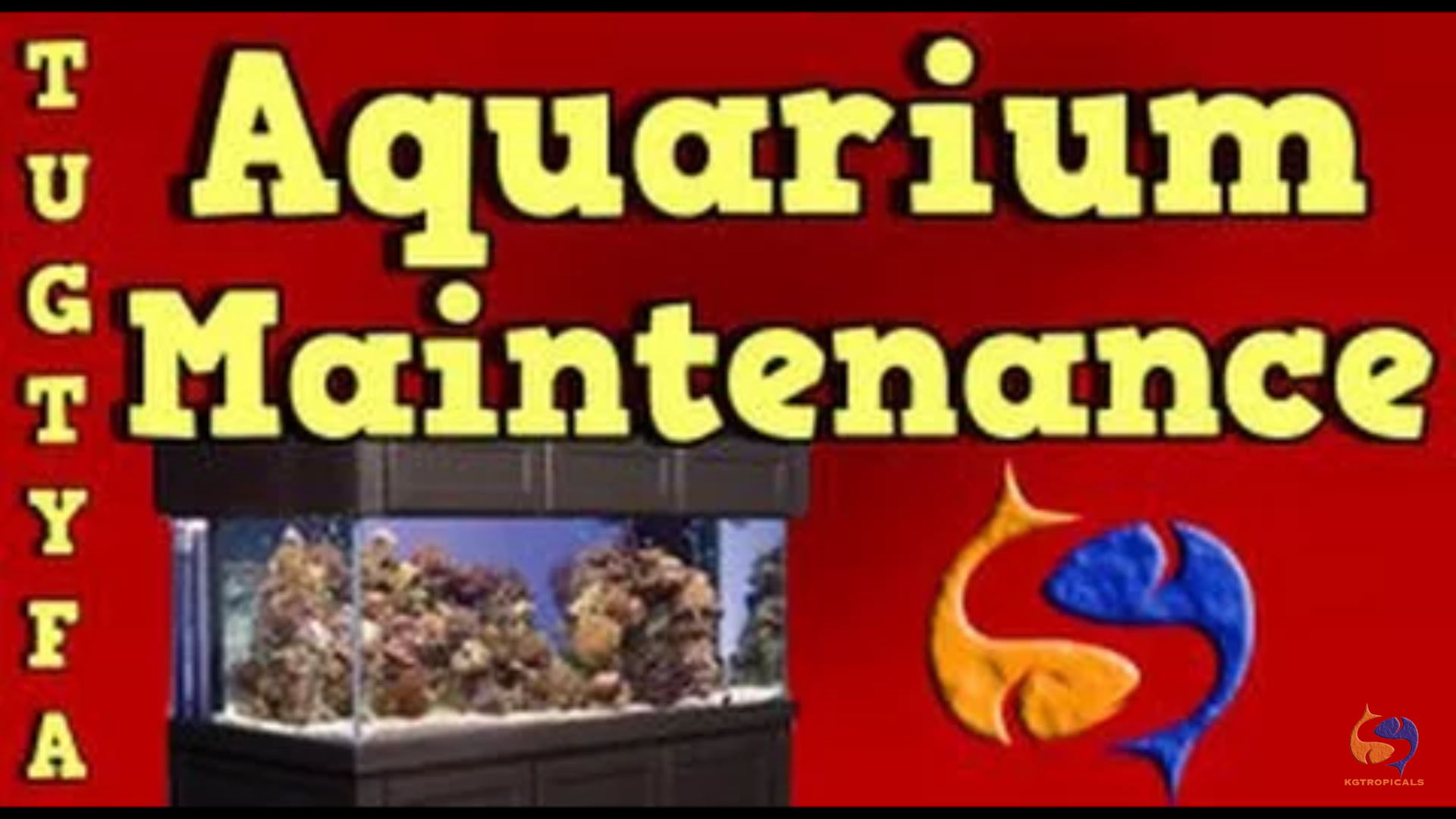Aquarium Maintenance: A Guide to Perfect Aquarium
- Mar 22, 2021
- Anshika Mishra
- 522 0 0

Aquariums can be a lot of fun, and they can be very relaxing, but they do require work. So in this article, you are going to know everything you need to know about keeping your aquarium clean and healthy for your fish, as described by John Hudson of kgtropicals.
For fish keepers, it is not uncommon to become a bit obsessive wanting to do everything right and going to the extreme to get your aquarium right. We go out and get these fancy filters, we built an elaborate sump system and we do everything we can to get the best light on the market.
But regardless of your setup there are somethings that you are going to need to do to keep your aquarium healthy and keep your fish happy. So, let's get straight into these things.
Algae Control
No matter how sophisticated your system is you will eventually deal with algae, it's inevitable. When you go to do your routine maintaining you will some algae on the glass, maybe on the rocks. This is easy enough to just wipe away with the sponge or some type of scraper.
But if you have a major algae outbreak then that is something that can be handled a bunch of different ways, which you can easily learn with just a little research.
Water Changes
Water changes are the most important part of maintaining your aquarium. It removes water that's contaminated by leftover food and fish waste and replaces it with clean, freshwater.
To do the water change, use the Syphon, this way you can remove the water along with vacuuming out your substrate. Vacuuming substrate is an absolutely critical part of the water change process. Leftover food and waste accumulate down in the substrate and the only way to get it out is to manually vacuum it out.
How much water your remove at each water change is going to depend upon:
- The type of fish that you are keeping
- The stocking levels you have
- How often you feed your fish
but usually, it's going to be anywhere between 20% to 50%. When refilling your tank, there are a few different ways you can do it.
You can use one of those water-changing systems that connect to your sick or you can use a 5-gallon bucket that you will love back and forth; dumping each one.
Some people also like to store their water overnight so that they can get it out to the right temperature and treat it before putting it in the tank.
This is actually a great way of doing it, but a lot of us don't have the luxury of being able to store that much water. If you are going to get it straight out of your tap, then that's fine too, just adjust the temperature and try to get as close to the temperature you can, and do not forget to the element that chlorine and Chloramine from your tap water, but introducing water conditioner when you are refilling.
Equipment Check
The next thing to do while performing your routine maintenance is to check that all of your equipment is functioning properly. Check to make sure that the temperature is right in your tank which will tell you whether or not your heaters working and look at the flow of your filter.
If you are using a hang-on-the-back filter that has bio-wheels, make sure that those wheels are spinning if they are not, it might be time to clean your filter out.
Cleaning up your filter
- Unplug your filter and remove it from your tank with water still in it
- Dump the water that is in your filter into your bucket and take water from your aquarium to help rinse the rest of the filter out.
- Fill a 5-gallon bucket up, about halfway from your aquarium, and then take your filter cartridges.
- Rinse them out into the water or replace them if necessary (only one at a time). The sponges on these filters are a place where tons of beneficial bacteria grow replacing them both can affect your aquarium's nitrogen cycle.
The reason behind using water in the bucket which is from your aquarium is because it's already been treated and it's already free from chlorine or chloramine. Your filter is one of the primary locations for the growth of beneficial bacteria. You never want to kill that bacteria by rinsing the filter out in tap water that contains chlorine.
Once you have rinsed out your filter and removed all of that sludge, cleaned off your filter cartridges, or replaced them, you can put everything back together and fire it back up. You will notice a dramatic improvement in the performance of your filter.
Inspection
The last thing recommended to put in your list of routine maintenance is an overall inspection of your aquarium. Take a look at the fish, make sure that there is no potential health problem that you can address now before they get too bad.
Also, make sure to take a look at the seals in your aquarium. Take a quick peek all around your tank to make sure you don't have any leaks. A leak can start as just a tiny pinhole that only leaks a drop or two in an hour, but this turns into a serious leak faster than you realize. So, if you see one it's time to react.






About author